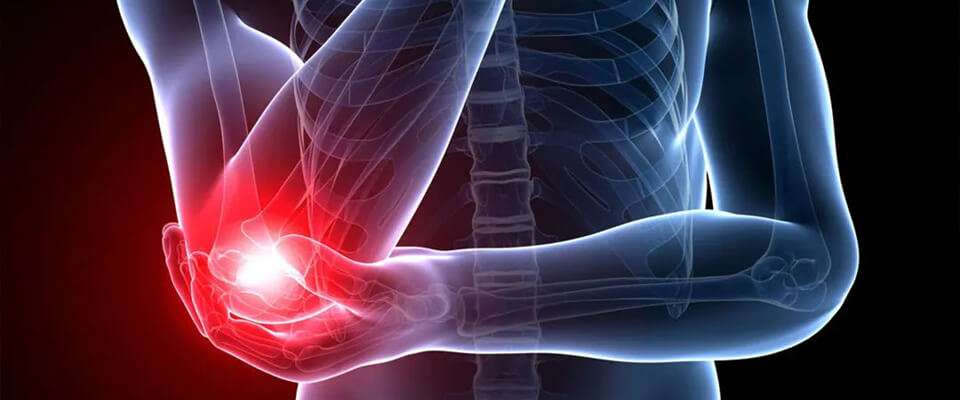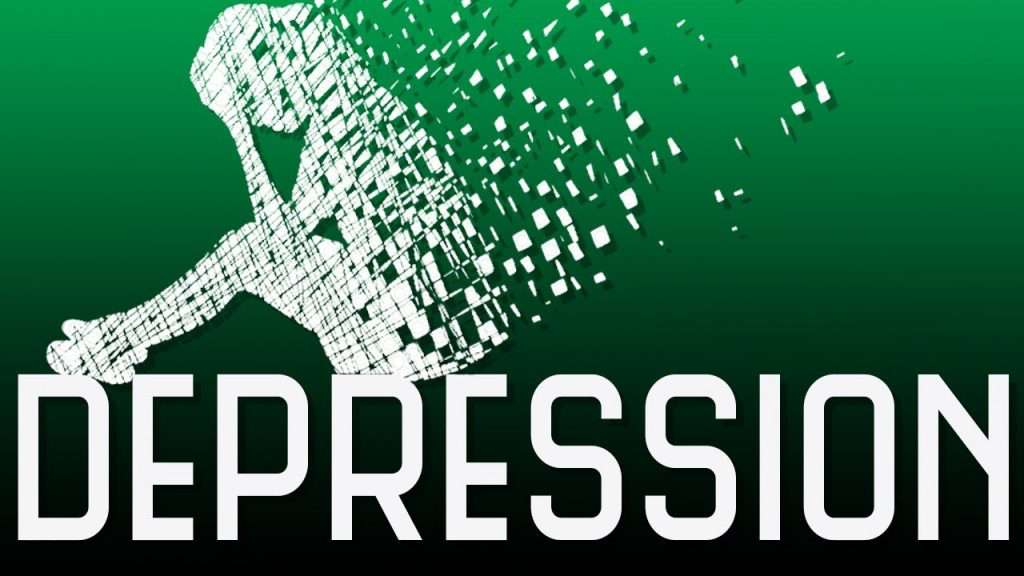
Elbow injuries can be extremely painful, unsettling, and even debilitating at times. While they primarily occur through overuse or simple wear and tear from repetitive strain, countless activities may result in an injury if you are not too careful.While an elbow injury can indeed be painful, it is often fixable and will go away before too long. However, if the pain does persist or you are worried about a deeper underlying issue, then do not hesitate to contact your medical professionals. Suffering in silence will only make a small problem bigger than it needs to be or a big problem unbearable, making it more difficult to recover.
Elbow pain is common. Many people will experience it at some point in their lives, particularly those who participate in sports, but it is not usually cause to panic.
Below, you will find five of the most common elbow injuries out there, and whether you wish to take better care of your own elbows in the future or need help with a current injury you may have sustained, it is probably worth taking a look.
1. Tennis Elbow
One of the most common types of elbow injury you will see in life is tennis elbow or lateral epicondylitis, as it is also known. It is a painful condition that usually arises when the tendons and muscles attached to your elbow and wrist are put under too much strain.
Contrary to what the name would suggest, tennis elbow is not just reserved for the world of sports injuries; anyone can get it, and any motion or prolonged activity that requires strenuous use of the elbow could result in this type of common injury.
However, there are ways to get around this, such as thoroughly warming up before you commit to any type of exercise or physical activity, fully utilizing all of your muscles (this can take the pressure off your elbow), and using the right equipment as elbow supports.
If it has happened to you, then you may want to use an ice pack to reduce the swelling, as this can help get rid of the pain and free up some of your movement.
Rest is crucial, as is getting in touch with your doctor if the pain should persist for a few days of not using your elbow.
In order to take a preemptive approach to an elbow injury, you may want to consult your doctor when it comes to choosing the right equipment and supports to wear. They should be able to point you in the right direction.
If you are constantly finding yourself suffering from tennis elbow, you may be overdoing it before your muscles have had a chance to fully build up. The stronger your muscles are in your forearms, the less likely you will put unnecessary strain on your elbow, especially if you are regularly engaging in sport.
2. Golfer’s Elbow
While tennis elbow is concerned with the damage on the outside of the forearm and elbow, the golfers elbow pertains to damage or strain on the inside. It usually affects the medial epicondyle.
Like tennis elbow, you do not need to be playing golf all the time to suffer from this condition, but it is common in many golfers.
It can also heal by itself if rested over time, as sometimes, taking a break from the repetitive activity that damaged it in the first place is the best way to bolster your recovery efforts.
Wearing a brace is also a good way to support your elbow throughout the recovery process, as is stretching, if you can, do not overdo it, as this may help prevent it from seizing up.
Making sure that your elbow gets enough rest in-between physical activities is also critical in keeping your physical wellbeing safe. It can be easy to ignore the warning signs if you are in the middle of a great season or you are greatly developing your skillset. However, this could translate to some serious issues later on down the line, so do not worry about giving yourself some time off should you need it.
There are instances where a condition like this can be incredibly serious and difficult to recover from, particularly if you are a professional sportsperson or need to rely on your peak physical condition to perform your responsibilities at work. If this is the case, then you may wish to seek out an alternative form of golfers elbow treatment, one that utilizes stem cell therapy to assist the recovery process.
3. An Olecranon Fracture
Breaks and fractures in the elbow can be particularly painful and vastly diverse, ranging from a small hairline fracture to a complete break.
Many elbow injuries are a result of a direct impact as opposed to a condition caused by overuse and strain. While the elbow can take a hit or two, it is not immune to breakages, and its position on the body makes painful injuries that much more difficult to live with.
An olecranon fracture is one of the more common types of injury in this regard, as it is the part of your elbow that protrudes out when you bend your arm.
Elbow fractures and breakages are common forms of injury in many professions that demand physical exertion. They are also found in extreme sports like skateboarding and motocross racing.
Every day falls, bumps, trips, and knocks can result in elbow fractures, too, especially if the elbow takes the brunt of the impact.
Recovering from an elbow break or fracture can be an exceptionally long-winded process and one that may require the help of physical therapy.
Although an olecranon injury is likely going to be easily treatable most of the time, there may be situations when surgery is needed to make sure that your elbow is not permanently misshapen or if you need a metal insert to support your movement following the injury.
Coping with a breakage of any kind can be intensely painful and limiting, especially if surgery is needed. Thanks in part to stem cell research, non-surgical alternative forms of treatment are now often highly advanced and effective in reducing pain and aiding the recovery process.
4. Flexor Tendinitis
If the tendons that attach to your forearm and your wrist become inflamed and painful, then you may be looking at a case of flexor tendinitis.
It is a common condition and a very painful one that is often detected by family physicians. It can arise as a result of overly strenuous repetitive activity, but it can also be a byproduct of arthritis and the wear and tear of old age.
During recovery, there is a good chance that certain types of exercises will need to be done to ensure that movement is not lost and that the tendons are able to regain their strength over time.
Physical therapy is ideal for this, as it can enable you to relearn to use your tendons and muscles following a spell of injury rest.
As with the majority of injuries, getting enough rest is essential to the effectiveness of the recovery process.
It is worth noting that a badly damaged flexor tendon can be a cause for great concern. However, they do not heal by themselves and often need surgical intervention to fix them. If they are left without treatment, they can further restrict your movement and continue to provide you with extreme pain.
5. Cubital Tunnel Syndrome
Cubital tunnel syndrome, otherwise known as ulnar nerve entrapment, can cause severe pain, but the more common symptoms can include numbness, tingling, and muscle weakening.
It can arise from placing consistent pressure on your elbows, perhaps from leaning on a desk for too long, tissue inflammation, strenuous physical activity, or gaming for long periods of time. However, the latter is usually more closely associated with carpel tunnel syndrome.
However, it is worth noting that the cause can be unknown and can seemingly materialize without warning. In fact, the cause often is unknown, but that does not mean that it is not treatable.
Elbow treatment in general can be fairly difficult to deal with, particularly when considering how much the elbow is relied upon to live a normal everyday life, but resting it and stretching it should be a good way to go.
Wearing some form of support like a splint should be able to help you take a preventative approach and relieve some of the pressure of the trapped nerve.
If regular treatments, such as exercise, rest, anti-inflammatory medicine, or maybe even cortisone shots, do not work, then surgery may be vital in saving the elbow from becoming permanently damaged.
Strengthening Your Elbow
If you are worried about suffering from an elbow injury later on down the line, you should bear in mind that with the right stretching, warm-ups, warm downs, and practice, you can greatly reduce the odds of it happening to you.
Giving yourself more power to your elbow can help you to prepare for the physical strain ahead and hopefully avoid any tears caused by a lack of preparation.


